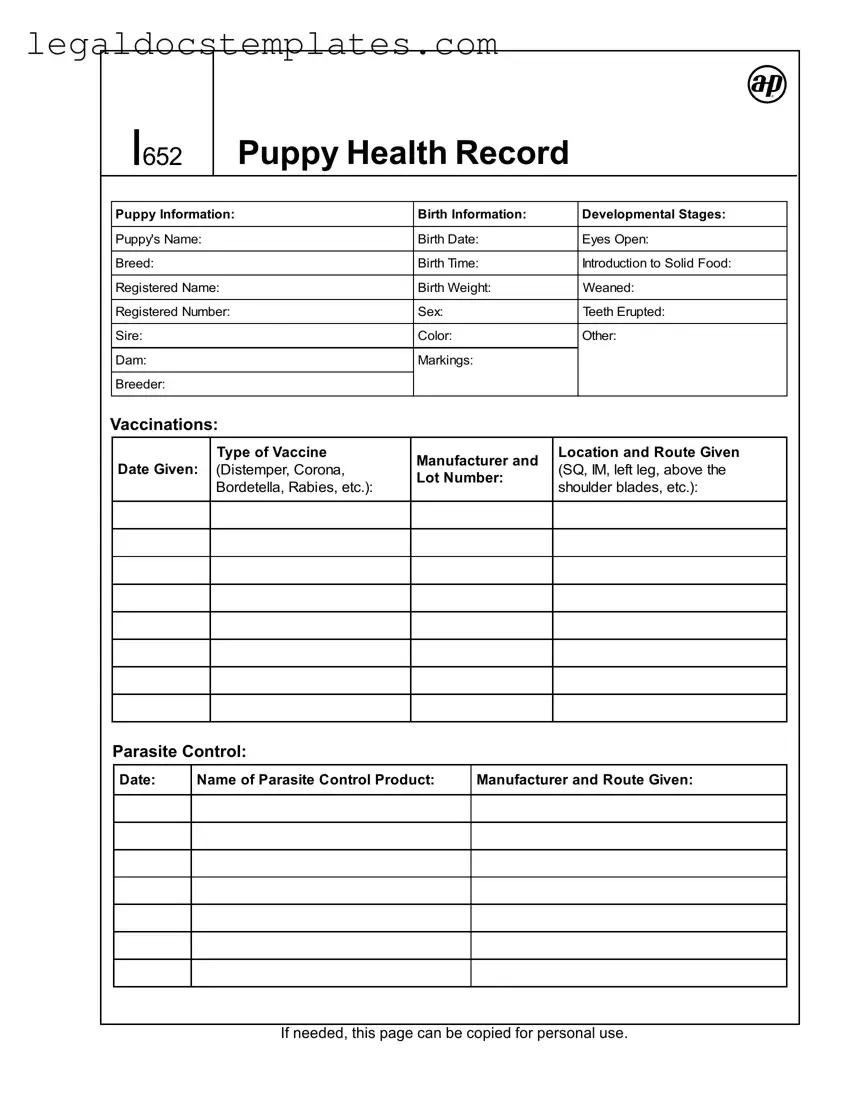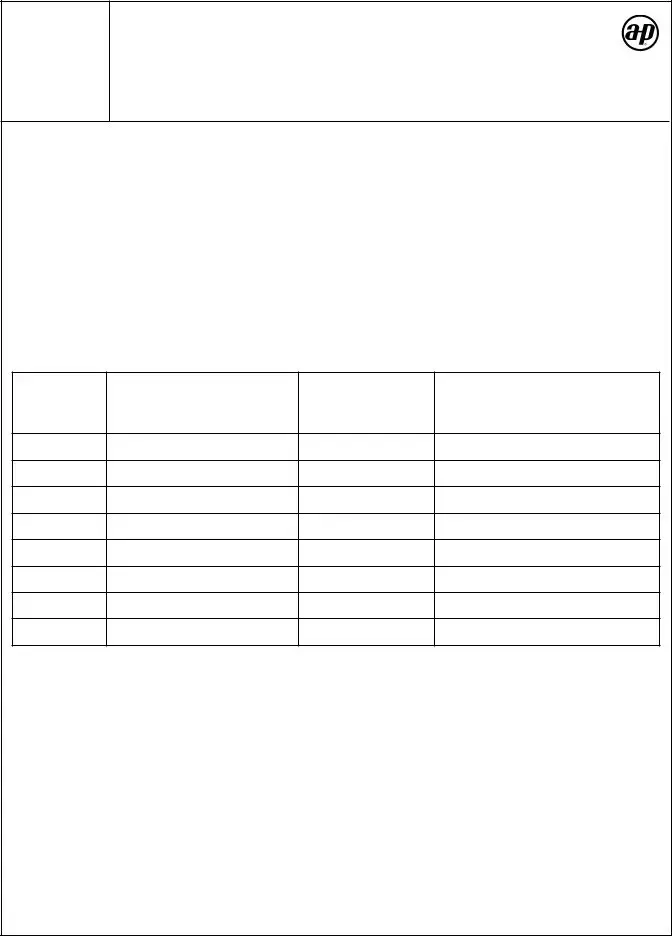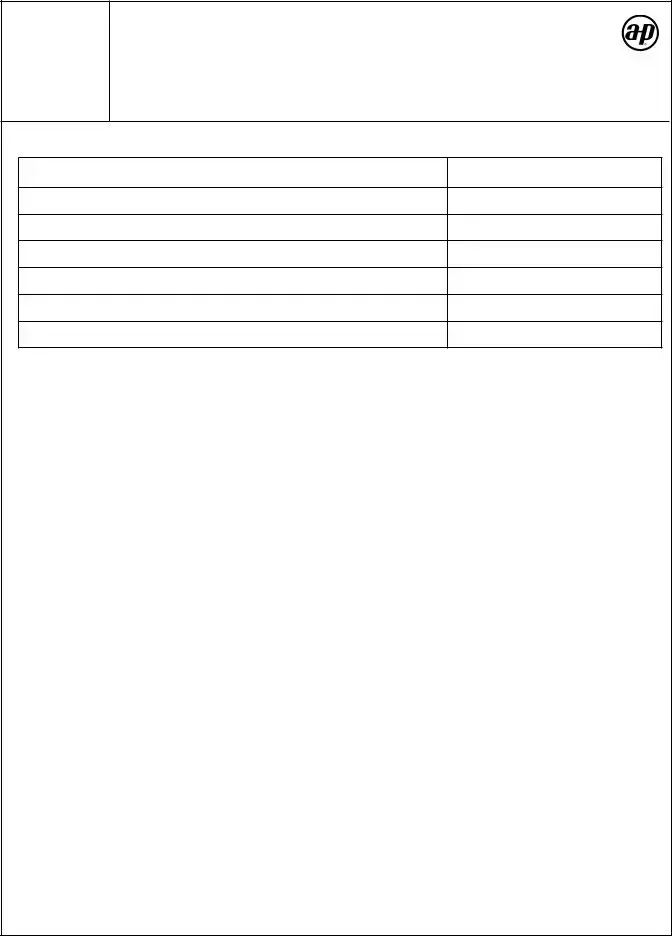One document that shares similarities with the Puppy Health Record form is the Human Vaccination Record. This record tracks vaccinations given to an individual, detailing the vaccine type, date administered, and the healthcare professional or clinic responsible. Like the Puppy Health Record, it serves as a health management tool, ensuring that vaccinations are given according to schedule and that any reactions or effectiveness can be monitored over time. Both records are crucial for maintaining the health and well-being of their subjects, whether canine or human, by providing a clear history of preventive measures taken against diseases.
Another document similar to the Puppy Health Record form is the Pediatric Growth Chart. Pediatricians use these charts to track a child's growth over time, recording metrics such as weight, height, and head circumference at regular intervals. This parallels the Puppy Health Record’s tracking of developmental milestones, such as birth weight, teeth eruption, and introduction to solid food. Both documents are essential for monitoring the development and ensuring the healthy growth of puppies and children, allowing for the early detection of potential health issues.
A Pet Passport is akin to the Puppy Health Record in its function of documenting health information for travel purposes. The Pet Passport compiles vaccinations, parasite control measures, and other veterinary procedures, enabling pets to cross international borders. Similar to the Puppy Health Record, it also may include the animal's birth information, breed, and identifying details. Both documents facilitate the safe and regulated movement of animals by providing essential health information to authorities, ensuring that traveling pets meet the destination country’s entry requirements.
The Livestock Health Certificate is another document resembling the Puppy Health Record, especially in its purpose to certify the health status of animals, typically for sale or transport. These certificates often contain information on the animal's origin, vaccinations, and results from recent health examinations, similar to the details found in a Puppy Health Record. While the species differ, the core intention of both documents is to provide a verifiable health history that supports the safe trade and movement of animals, ensuring they are free from diseases that could affect other animals or humans.
Lastly, the Animal Adoption Agreement shares certain similarities with the Puppy Health Record form. Though primarily a legal document outlining the terms and conditions of pet adoption, it often includes sections on the animal's health status, vaccination history, and any specific medical needs or procedures performed. Like the Puppy Health Record, this document plays a pivotal role in the lifelong care of the animal, ensuring that new owners are informed about the pet's health history and understand their ongoing responsibilities for care and vaccinations.


